The content of the article
Hyssopus Officinalis - Hyssop vulgaris (blue St. John's wort or bee grass), a plant with a wide profile of application. Due to the fact that it is not whimsical and pleases with flowering and aroma throughout the summer season, it is used to decorate personal plots. It also attracts the attention of bees (excellent honey plant). Mistresses, delving into the intricacies of cooking, do not forget to stock up on this spice for cooking different dishes, but more importantly, get a collection for preventive and therapeutic purposes.
The first records of hyssop were made by the great medieval scientist Avicenna. He describes the unique properties of the plant in the field of cosmetology, the ability to give a fresh look to the face and smooth wrinkles.
Abu Ali recipes that have survived to this day, look literally like this:
- If you drink with wine, it is able to absorb solid tumors.
- A decoction prepared on vinegar can soothe a toothache, and steam of a decoction combined with figs, if they are fumigated through a funnel, will relieve tinnitus.
- A soaked bandage is boiled and applied to the eyes, which eliminates bruising under the eyelids and in the eye.
- Useful for chest, lungs, chronic cough and asthma. A decoction in combination with honey and figs can heal from "solid" tumors and "standing" breathing. With angina, the medicine guru recommended gargling.
- For the benefit of the spleen, a bandage was made from hyssop, figs and bavrac, and it was also effective to take such a composition inside to eliminate the manifestations of dropsy.
- The plant can expel mucus, and in combination with pumpkin seeds or wild caraway seeds, "violet root" is a potent agent that expels worms (worms).
You can decorate a beautifully flowering plant Alpine hills, especially since long flowering has attracted the attention of breeders. New varieties added a palette of colors. Fees on the natural habitat are saturated with beneficial properties. In nature, there are over 50 plant species. Common and common are such varieties: Cretaceous, aniseed and medicinal. The latter represents value for healing and cooking.
Medicinal grass, belonging to the family of Lamiaceae, most often grows in large plantations in Asia, southern Siberia, central Russia, the Caucasus, Crimea, Kazakhstan, and the Altai mountains. For medicinal purposes, use all the elements of the plant. The value is represented by the flower, stem and root system. During the flowering season, and this is the period from June to September, you can make several sections of the plant. The collection is knitted in bunches and hung in well-ventilated rooms, or on the street under a canopy, without access to moisture and sunlight.
Composition
To be able to determine the direction in use, the chemical composition of the plant was studied:
- Essential oil. Oil is extracted from the leaves of a plant by steam distillation. By consistency, it is viscous and light, has a yellow-green color. Due to the tart and sweet fragrance, it can be used in aromatherapy and positively affect the general condition of the body. Cheers up and gives strength. The healing properties of the volatile component can help cope with asthma, bronchitis, tonsillitis. Oil rubbing is widely used for colds. In case of nervous exhaustion, depression - the addition of a few drops to a bathtub is indicated. It is recommended to carry out external treatment of wounds, bruises, acne, eczema, warts.
- Tannins. Tannins are a component of many plants and are found in all their parts. They have an astringent effect and, reaching the intestines, help to heal from dysbiosis, stop the activity of pathogenic microbes, remove toxins and toxins, the effect of radiation, contribute to the absorption of necessary, useful substances.
- Diosmin. Flavonoid, a natural medicine. Contributes to the narrowing of the vessels of norepinephrine on the venous walls. Increases tone and reduces venous capacity.
- Issopin. Flavonoid activates the body's enzymes. Widely applicable in traditional and traditional medicine. Antioxidant. It is appreciated for its ability to maintain the cardiovascular system, prolong youth and even life.
- Hesperidin. Natural natural medicine that strengthens blood vessels and improves blood circulation. Used to prevent pathologies of the veins. The strongest cardioprotector.
- Resins They are similar in composition to essential oil. In the non-frozen form - balm. They have a wide spectrum of action: bactericidal, laxative, anthelmintic, wound healing.
- Vitamins The composition contains a large proportion of ascorbic acid, as well as A, B, E, PP, K and D.
- Trace elements - Manganese, selenium, copper, calcium, iron, chlorine, boron, fluorine, flint, tungsten.
- Ursolic acid - often used in sports circles and an excellent remedy for obesity. It is an inhibitor of cancer cells. It has antimicrobial, anti-inflammatory, hepatoprotective, immunomodulating, antitumor properties.
The use of hyssop ordinary
In the Russian Federation, hyssop is not used in traditional medicine, but folk healers actively and widely find application for this herb:
- Bronchitis, laryngitis, tracheitis and other chronic diseases of the upper respiratory tract.
- Bronchial asthma.
- Neurosis.
- Angina pectoris.
- Rheumatism
- Increased sweating.
- Digestive system diseases (colitis, rheumatism).
- Purulent skin diseases caused by staphylococcus.
Infusions from this plant have a multilateral effect on the body:
- Diuretic.
- Anthelmintic.
- Tonic.
Bulgarian herbalists use the collection as an expectorant, for constipation, dyspepsia, anemia. Doctors prescribe a healing substance for catarrh of the intestines, chronic bronchitis, sweating. Antimicrobial properties are appreciated.
France, Germany, Romania, Sweden and Portugal officially included hyssop (tops of stems, leaves, flowers) in their pharmacopeias.
Contraindications hyssop
Any treatment should begin with an introduction to the list of contraindications. This plant is no exception and has its own nuances that require attention.
It is important to know that hyssop is a low-poisonous plant and requires a serious and respectful attitude. The right step would be to consult a doctor and a preliminary examination. An individual approach and dosage are sometimes required.
What to look for:
- You can not take the drug continuously, for a long time.
- With epilepsy, treatment with this collection is contraindicated.
- Violation of dosage and excessive consumption can cause cramping.
- People with kidney disease cannot use the herb for medicinal purposes.
- Hypertensive patients are not prescribed the use of hyssop.
- Increased acidity - is the reason to abandon the use.
- Children under 12 years of age are not allowed to take it.
- Lactation can completely stop under the influence of a substance.
Pregnancy. The collection, taken in any form, may cause spontaneous interruption of bearing.
Application
It is worth noting the importance of the plant in cooking. It is an important component in dietary nutrition and is a valuable addition to main, sweet dishes, drinks and salads.Calorie seasoning is 21 kcal.
Honey, collected by bees from the fields, which includes hyssop components, gains even more useful properties and qualities.
For medicinal purposes, the components of the collection are used in various forms: decoctions, infusions, tinctures.
- Tincture (for cough, asthma and bronchitis): 20 g of crushed, dried herbs, pour vodka in the amount of a glass, shake and insist for seven days in a dark place. Filter through cheesecloth and use it three times a day for 1 teaspoon for two weeks. It is not recommended to prolong the course more than the prescribed time, as it is possible to provoke an allergy.
- Hyssop herb decoction (with menopause). It was noted that when using a decoction from the collection of herbs, climacteric symptoms are more easily tolerated. The recipe is as follows: 1 tbsp. a spoonful of the workpiece is poured with two glasses of boiling water, shaken and infused for an hour. Having filtered, the broth is consumed in a heated form twice a day in half a glass.
- A decoction of grass (for colds): 2 teaspoons of flowers or herbs pour a glass of boiling water. An hour to insist, drain. Take three times a day for 1/3 cup for a week.
- Hyssop mixture (for suffocation): Dry collection to a fine fraction and mix in equal parts with honey. Taking a mixture of a teaspoon three times a day before meals, you can be healed of shortness of breath and noise in the ear.
- Tincture (with Koch's stick and helminthiasis): Mix 20 g of crushed collection with a glass of vodka or 40 degree alcohol. Set aside for 10 days in a dark place. Pass through cheesecloth and use a teaspoon 3 times a day. Applying the course for a month, you can achieve a positive effect.
Tea
The drink brewed from the flowers of the plant is used as a tonic and firming organism. It is able to provoke a good appetite, is saturated with excellent vitamin composition and is indicated for severe thinness. It also has an expectorant effect and adjusts the digestive tract. Preparing simply: 2 tbsp. l mix inflorescences with a glass of boiling water, brew for 15 minutes. Enjoy a drink while adding sugar or honey.
An amazing feature of tea is the complete absence of hazardous substances, you can drink it without much concern, but after a month of taking it is recommended to take a break. The use of a healing composition will help to cope with colic and constipation. It relieves pain symptoms of rheumatism and arthritis. By rubbing tea with injured skin, you can speed up the healing process, relieve inflammation.
For general development ...
- This weed was first mentioned in the Bible. It was used as a sprinkler in the composition of holy water by the Jews. With its help, a purification rite was performed.
- In Russia, interest was shown by clergy. Hyssop was grown in monasteries and used in church rituals.
- Quite often, this plant serves as an additive in the manufacture of alcohol and fruit drinks.
How to use hyssop-containing medicinal substances in children?
In the usual dosage, it is permissible to take children from 12 years old, but, having reduced the norm by half, you can start treatment from 2 years.
The composition contains bitterness that improves digestion and provokes appetite. It is also a storehouse of valuable vitamin complex, which has a beneficial effect on the immune system and general condition of the body. If necessary, cure cough and bronchitis, children can apply decoctions, teas, infusions of flowers and leaves.
Video: healing properties of hyssop


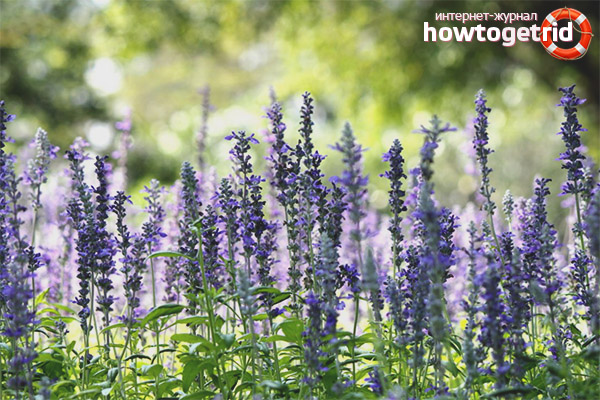
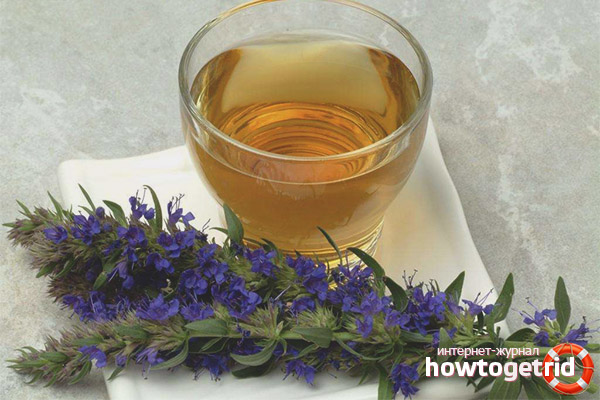
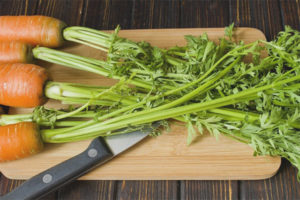
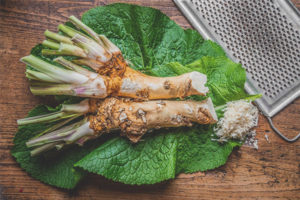
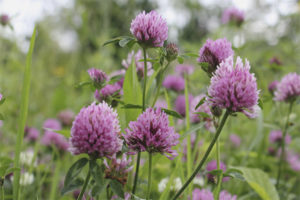
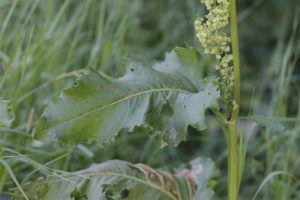
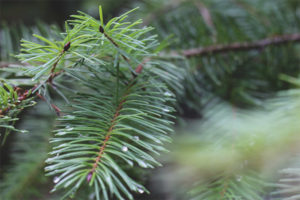
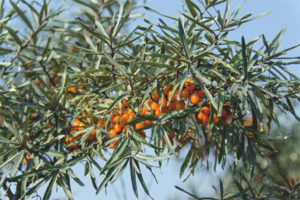
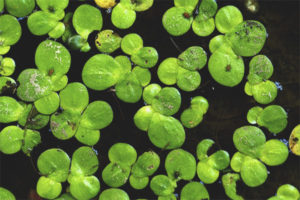
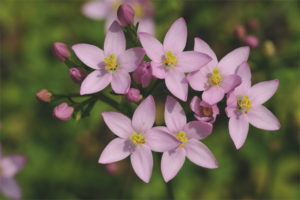
Submit